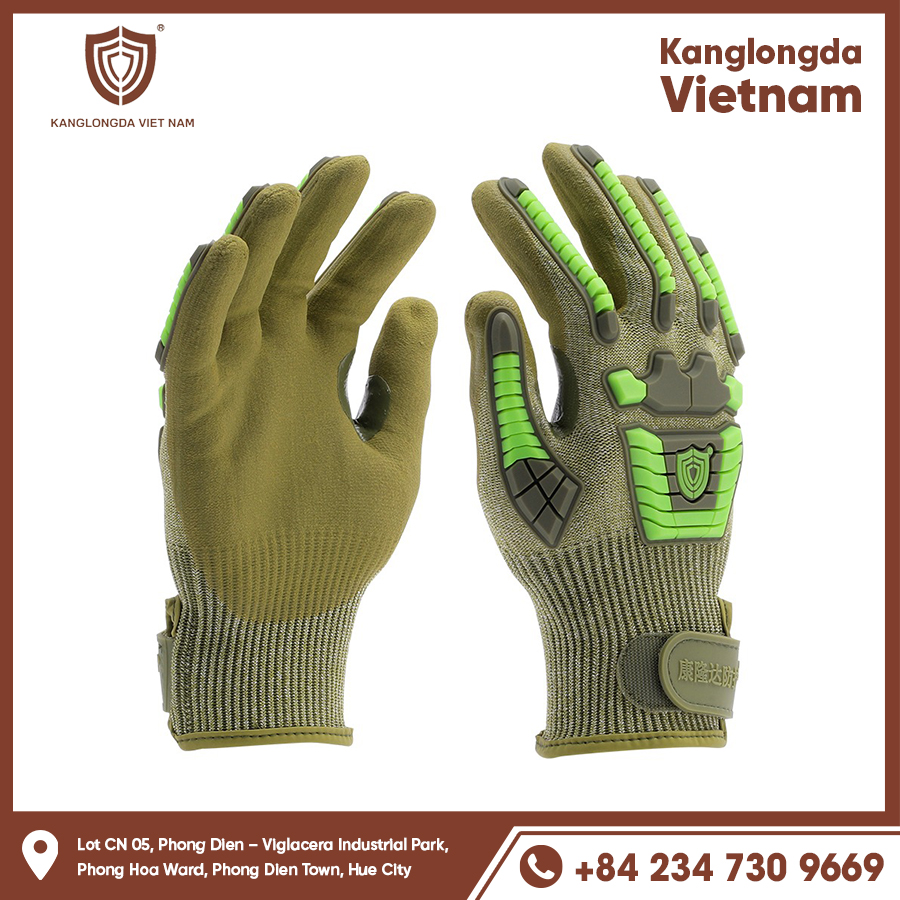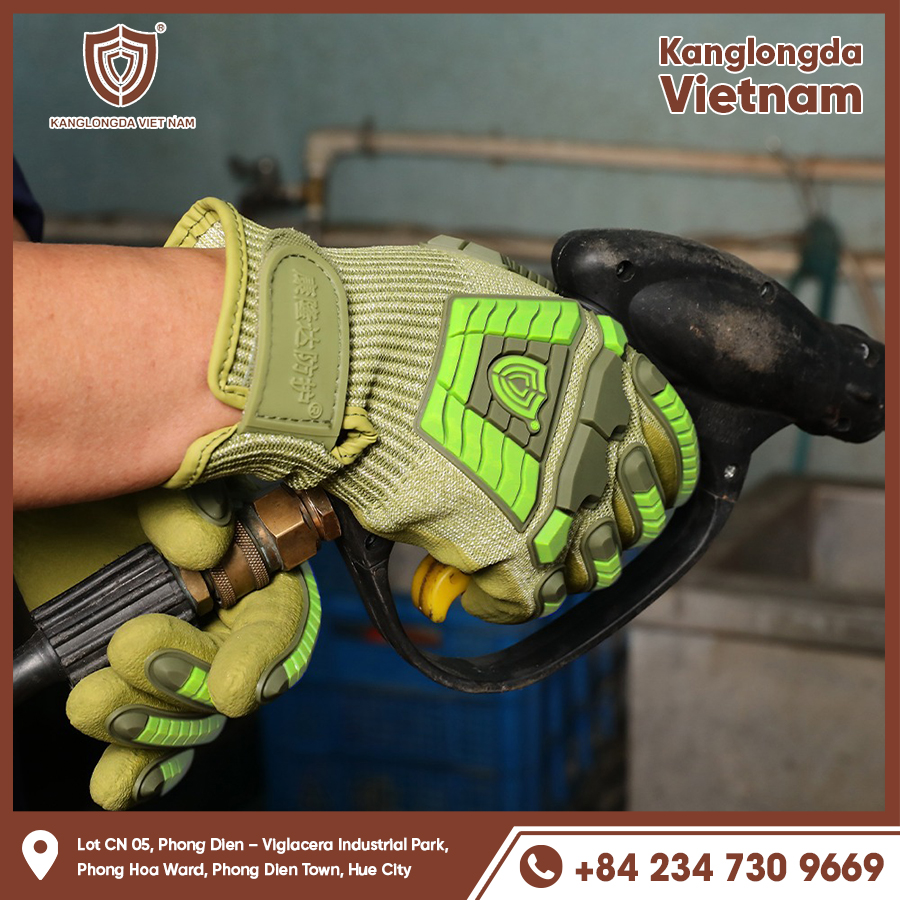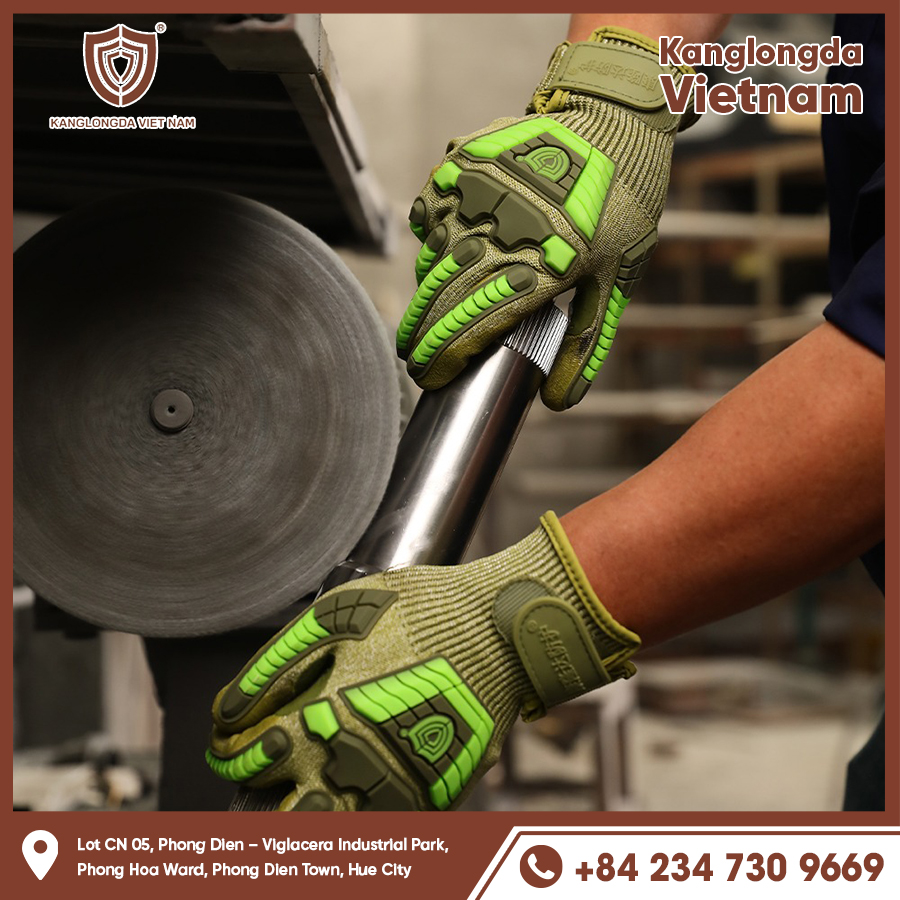Skiing is an exhilarating winter sport that demands the right gear for both safety and comfort, especially when it comes to hand protection. Ladies ski gloves are essential for keeping your hands warm, dry, and agile on the slopes. With a wide variety of styles and technologies available, choosing the perfect pair can make a huge difference in your skiing experience.
In this comprehensive guide, we’ll explore the features that make ladies ski gloves unique, examine popular materials and insulation types, outline factors to consider before purchasing, and provide tips for care and maintenance. Whether you’re a beginner or an experienced skier, the right gloves will keep you comfortable and stylish all season long.

Key Features of Ladies Ski Gloves
Insulation for Warmth
One of the most critical features of ski gloves is insulation. Materials like Thinsulate, PrimaLoft, and down provide warmth without excessive bulk, ensuring your hands stay cozy even in freezing temperatures. The right insulation traps body heat while allowing moisture to escape, preventing sweaty hands. For example, PrimaLoft is a synthetic insulation that mimics down’s warmth but retains heat even when wet, making it ideal for skiing in wet snow conditions.
Moreover, some gloves feature layered insulation systems, combining synthetic fibers and fleece liners for added warmth and softness. Insulation thickness varies by glove model, so choose heavier insulation for colder climates and lighter versions for milder conditions.
Waterproofing and Breathability
Ladies ski gloves must offer waterproof protection to keep hands dry in snow and slush. Technologies such as Gore-Tex or proprietary membranes provide waterproof and breathable barriers, blocking moisture from entering while allowing sweat vapor to escape. This balance keeps your hands dry and comfortable during long days on the mountain.
Waterproofing is crucial because wet hands lose heat rapidly, increasing the risk of frostbite. Look for gloves with fully taped seams and water-resistant zippers or closures to maximize protection. Additionally, breathable fabrics prevent moisture buildup inside the glove, reducing clamminess and discomfort.
Dexterity and Fit
Good gloves for skiing should allow for easy movement and grip. Pre-curved fingers, adjustable wrist straps, and stretch fabrics contribute to a snug fit that doesn’t restrict motion. A well-fitted glove improves grip on poles and enhances safety. Some gloves use articulated finger construction, meaning the fingers are shaped in a natural curve to reduce fatigue and increase flexibility.
Additionally, gloves with touchscreen-compatible fingertips are increasingly popular, allowing you to use smartphones or ski trackers without removing gloves—especially convenient in cold weather.
Popular Materials Used in Ladies Ski Gloves
Synthetic Fabrics
Many ladies ski gloves feature durable synthetic shells made from nylon, polyester, or other water-resistant materials. These fabrics resist wear and tear, dry quickly, and often come with DWR (durable water repellent) coatings to shed water. The outer shell fabric’s durability is essential for resisting cuts, scrapes, and abrasion from ski poles, lifts, or falls.
Some gloves incorporate stretch panels in high-movement areas for improved comfort. Lightweight nylon shells also contribute to gloves that feel less bulky and allow more tactile feedback, ideal for activities requiring fine motor skills.
Leather Accents
Leather palms or fingertips enhance grip and durability. Full-grain leather is especially prized for its toughness and natural water resistance. Some gloves combine synthetic backs with leather palms to offer the best of both worlds.
Leather is not only functional but also adds a classic aesthetic. However, leather requires special care to maintain suppleness and water resistance. Many gloves treat leather with waterproofing agents or combine it with synthetic membranes to boost performance.
Insulating Liners
Soft fleece, wool blends, or synthetic insulating liners add an extra layer of warmth and comfort inside the gloves. Some gloves feature removable liners, allowing for versatility in varying weather conditions.
Removable liners are beneficial because they can be dried separately, preventing odor buildup. Wool liners, while less common, offer natural moisture-wicking and thermal regulation properties, keeping hands warm without overheating.

How to Choose the Right Ladies Ski Gloves
Consider the Weather Conditions
Think about the typical temperatures and weather you’ll encounter. For extreme cold or wet conditions, opt for heavily insulated, waterproof gloves. For milder climates, lighter gloves with breathable fabrics might suffice.
In addition to temperature, consider snow conditions—powder snow requires excellent waterproofing and wrist gauntlets to keep snow from entering gloves. For icy or windy environments, windproof membranes or layered gloves may provide better protection.
Size and Fit
Proper sizing is vital. Gloves should fit snugly without being too tight, allowing enough room for insulation and free movement of fingers. Measure your hand circumference and length to find your ideal size, and check size charts provided by manufacturers.
Different brands have slight variations in sizing, so trying gloves on or ordering from stores with good return policies is helpful. Don’t forget to consider whether you’ll wear liners underneath, which may affect your size choice.
Additional Features to Look For
Features like wrist cinches or gauntlets help seal out snow and cold air. Gauntlets, which extend beyond the wrist and tuck under or over jacket sleeves, are especially important for deep snow skiing.
Touchscreen compatibility is convenient for using devices without removing gloves. Reinforced palms or knuckles can improve durability for frequent skiers, while reflective accents enhance visibility in low-light conditions.
Some gloves also include wrist leashes, which prevent glove loss when removed temporarily—great for ski lifts or taking photos.
Essential Qualities to Look for in Ladies Ski Gloves
Superior Insulation Technology
When choosing ladies ski gloves, prioritizing insulation technology is crucial. Look for gloves that incorporate multi-layered insulation systems to provide excellent warmth without bulkiness. Advanced synthetic insulations that maintain heat even when wet ensure your hands stay warm during long hours on the slopes. Quality insulation should also offer breathability to prevent moisture buildup inside the glove.
Optimal Waterproofing and Wind Resistance
Effective waterproofing is a non-negotiable feature for ski gloves. Seek gloves with membranes or coatings that provide total water resistance while allowing sweat vapor to escape. In addition, excellent wind resistance is vital to block cold gusts that can penetrate less protected gloves, ensuring your hands remain dry and comfortable in harsh weather.
Ergonomic Design for Maximum Dexterity
Ladies ski gloves should fit like a second skin to provide both protection and freedom of movement. Ergonomic designs often include pre-curved fingers, stretch panels, and adjustable wrist closures that create a secure fit without restricting mobility. This allows you to grip ski poles firmly and handle equipment with precision, improving performance and safety on the mountain.
Caring for Your Ladies Ski Gloves
Cleaning Instructions
Most ladies ski gloves require gentle cleaning with mild soap and cold water. Avoid machine washing unless the manufacturer specifies it is safe. After cleaning, air dry gloves naturally, away from direct heat or sunlight. Never use dryers or heaters as high heat can shrink or warp glove materials.
For gloves with leather parts, use specialized leather cleaners and conditioners to keep the material soft and prevent cracking. Proper cleaning maintains waterproof membranes and extends the life of insulation.
Storage Tips
Store gloves in a dry, cool place when not in use. Remove liners if possible and allow gloves to dry completely to prevent odors or mold growth. Proper storage extends glove lifespan and maintains performance.
Avoid cramming gloves into tight spaces, which can damage the shape and insulation. Hanging gloves by their wrist straps or placing them flat inside storage bags are good practices.
Repair and Maintenance
Inspect gloves regularly for tears or worn areas, especially on palms and fingertips. Minor repairs can often be done with fabric glue or patches. For significant damage, consider professional repair or replacement to ensure continued protection.
Replacing worn gloves promptly prevents cold exposure and potential injury. Also, regularly check glove waterproofing and reapply DWR sprays if necessary.

Ladies ski gloves are more than just accessories—they are essential gear that ensures warmth, protection, and comfort on the slopes. Selecting the right gloves involves understanding insulation, waterproofing, materials, and fit to match your skiing style and weather conditions. With the right pair, you can focus on enjoying your winter adventures while keeping your hands safe and cozy.
Investing in quality gloves from trusted brands, combined with proper care and maintenance, ensures long-lasting performance season after season. Whether you prefer sleek synthetic designs or classic leather models, the perfect ladies ski gloves await to enhance your skiing experience






